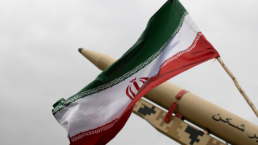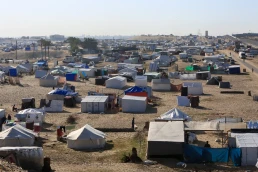Six years after the US withdrew from the JCPOA, prospects for its resurrection are dim and Tehran is closer than ever to a bomb
By Tom Collina, Responsible Statecraft
Six years after former President Donald Trump’s withdrawal from the Iran nuclear deal, the disastrous consequences of this decision are still adding up.

In addition to Iran being closer than ever to a nuclear weapons capability, now we must consider how the declining security situation in the Middle East has raised the stakes significantly. Trump promised a “better deal” but instead we got an increasingly costly blunder that may be impossible to fix.
To fully understand the enormity of Trump’s decision to leave the Iran deal, consider this: When the U.S. and Iran were complying with the deal, it was estimated that it would take Iran about one year to produce enough fissile material (in this case, weapons grade uranium) for a nuclear bomb (known as the “breakout” time). The states negotiating with Iran (the United States, Russia, China, Great Britain, France, and Germany) assessed that this would be enough time to respond to possible violations and prevent Iran from producing a bomb. Even if Iran were to acquire sufficient fissile material, it could still take another year for Iran to make a deliverable nuclear weapon. As of May, 2018, the deal was working and considered (by most) to be a great success.
Recent Posts
Stop Israel’s Dystopian “Humanitarian City” Plan—Before It’s Too Late
July 11, 2025
Take Action Now For the past 20 months, the world has watched—and largely enabled—a genocidal campaign in Gaza. Over 55,000 Palestinians have been…
The “Liberal” International Order Is Criminalizing Palestine Protests
July 11, 2025
Take Action Now As Western governments repress Palestine solidarity and enable Israel’s impunity, the “liberal international order” is no longer…
Politicians Are Betraying Gen Z On Climate
July 10, 2025
Take Action Now While Gen-Zers thrift, knit, crochet, and find other ways to reduce our footprints, Trump and the GOP are greenlighting more climate…
Trump’s Deportation Threat Against Zohran Mamdani Is Shameful
July 10, 2025
Take Action Now In only half a year of Donald Trump’s presidency, he and his allies have turned deportation into an explicitly political threat…




